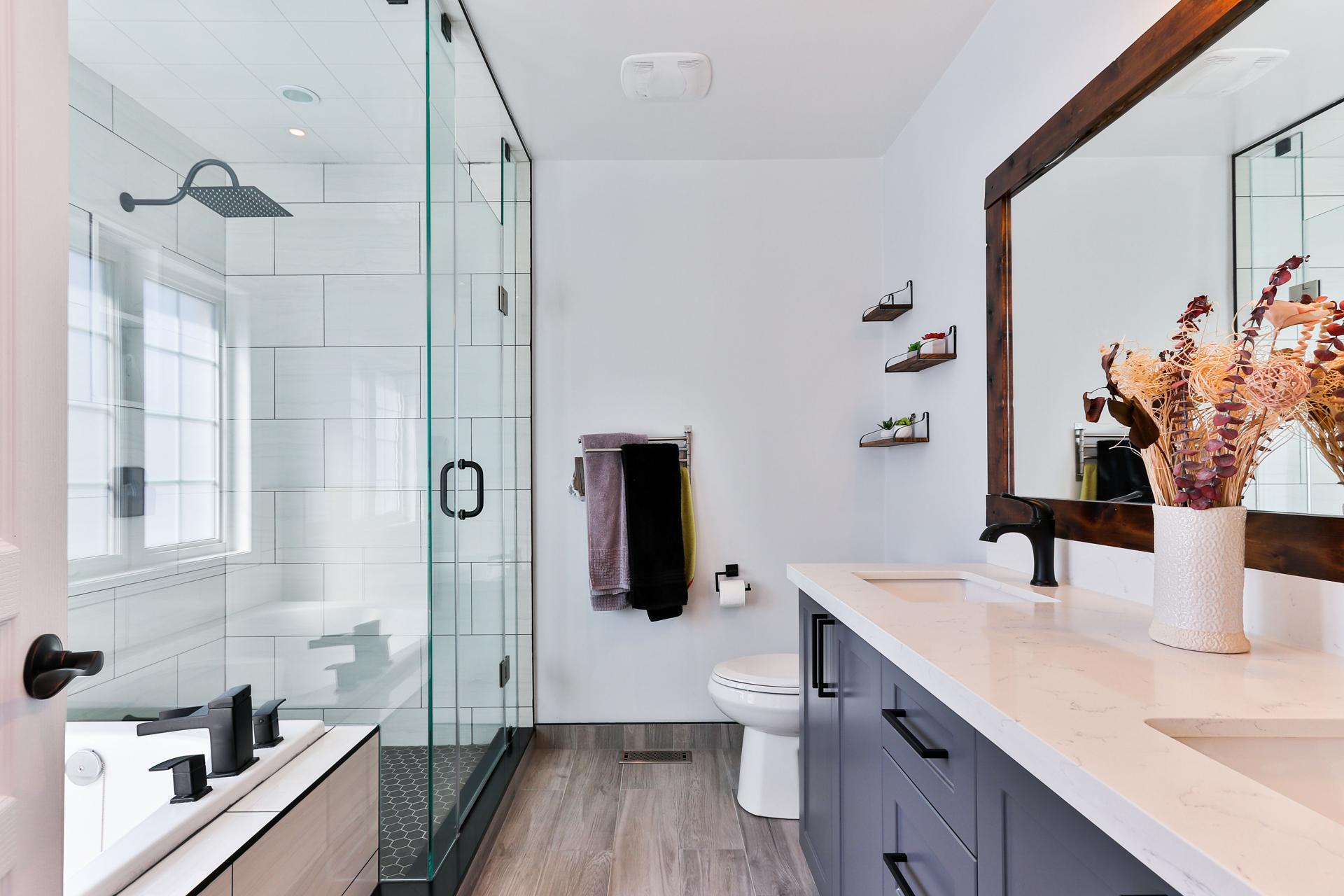Getting to Grips with Hot Water Plumbing: How it Works

Plumbing for hot water is a vital element of our daily lives. We rely on hot water for many purposes, such as bathing, washing dishes, and even doing laundry. In this article, we will provide you with a fundamental understanding of the way hot water plumbing functions.
The Basics of Hot Water Pipeline
The term "hot water plumbing" refers to the plumbing system that distributes hot water to various parts of a structure. It differs from cold water plumbing in that it involves heating water prior to being distributed across the entire building. The primary components of a hot water plumbing system include the water heater, pipes fixtures, and valves. Water heaters are the most crucial element of a hot water plumbing system. It is the one that heats the water and holds it until required. The pipes carry hot water from the water heater to the fixtures like showers and faucets. Valves control the circulation of hot water, while fixtures are used to distribute hot water to various parts of the building.
Types of Hot Water Heaters
There are three primary kinds of hot water heaters available on the market: tankless, storage tank, and heat pump water heaters. Tankless water heaters heat water upon demand and do not store hot water. Storage tank water heaters keep hot water in a tank until it is needed. Heat pump water heaters make use of electricity to transfer heat from the ground or air to warm the water. Each type of hot water heater has its pros and cons. Tankless water heaters use less energy and have a longer lifespan, but they are more costly. Storage tank water heaters are less expensive but are less durable and are less energy-efficient. Heating water heaters using a heat pump are the most energy efficient, however they could not be suitable for climates with colder temperatures.
Hot Water Plumbing Maintenance
Regular maintenance is crucial to ensure that your hot water system operates properly and effectively. Some tips for maintaining the hot water plumbing system includes checking for leaks, flushing the tank, and replacing the anode rod. Checking for leaks is essential to prevent water damage , and to ensure that the hot water plumbing system is not using up water. Flushing the tank removes sediment and mineral buildup, which reduces the effectiveness of the water heater. The anode rod is designed to prevent corrosion and should be replaced at least every few years.
Troubleshooting hot water plumbing issues
Common problems that arise in hot water plumbing systems are a lack of hot water or low pressure. If you notice a shortage or lack of hot water it may be due to malfunctioning heating elements or a faulty thermostat. Low water pressure can result from a blocked pipe or valve. If you are experiencing one of these problems, it is recommended that you speak with a professional plumber to diagnose and repair the issue.
Conclusion
Understanding the way that hot water plumbing functions is crucial to ensure that your hot water plumbing system functions correctly and efficiently. Regular maintenance and troubleshooting is crucial to avoid issues and extend the life span of your hot water plumbing system.
Heating Water FAQ
How long will an electric water heater last?
The life span of hot water heaters varies on the type and model. In general, a storage tank water heater can last between 8 and 12 years and tanksless water heaters can last for up to 20 years.
How can I tell if your hot water heater needs to be replaced?
Signs that your hot-water heater might need to be replaced are corrosion or rust in the tank. Other signs include leaks or strange sounds, or a shortage in hot water. If you encounter any of these symptoms it is recommended you consult a professional plumber.
